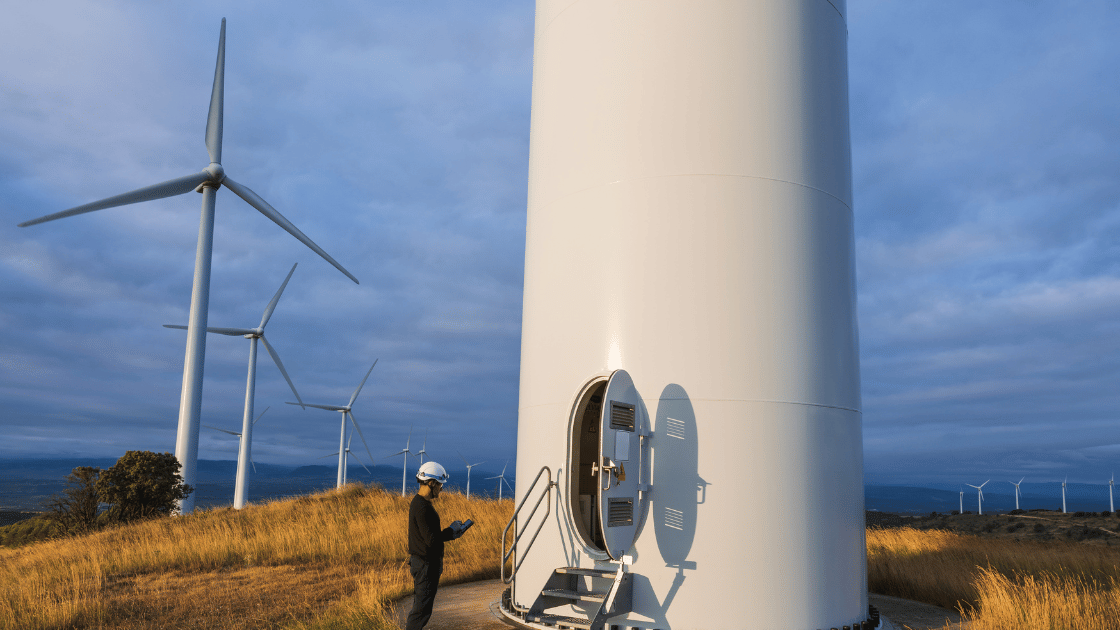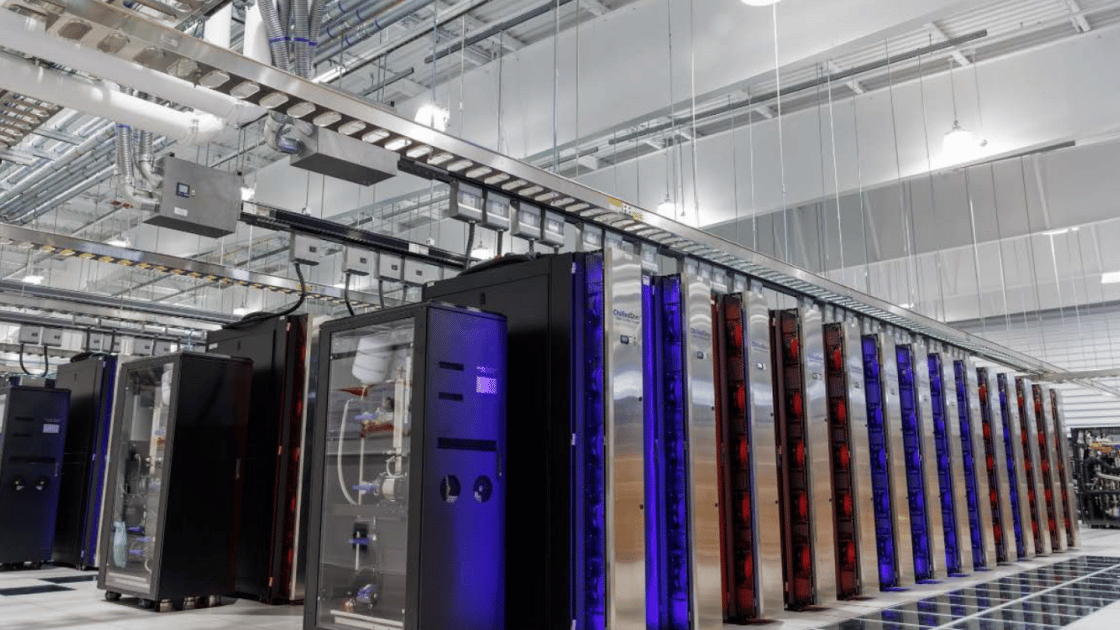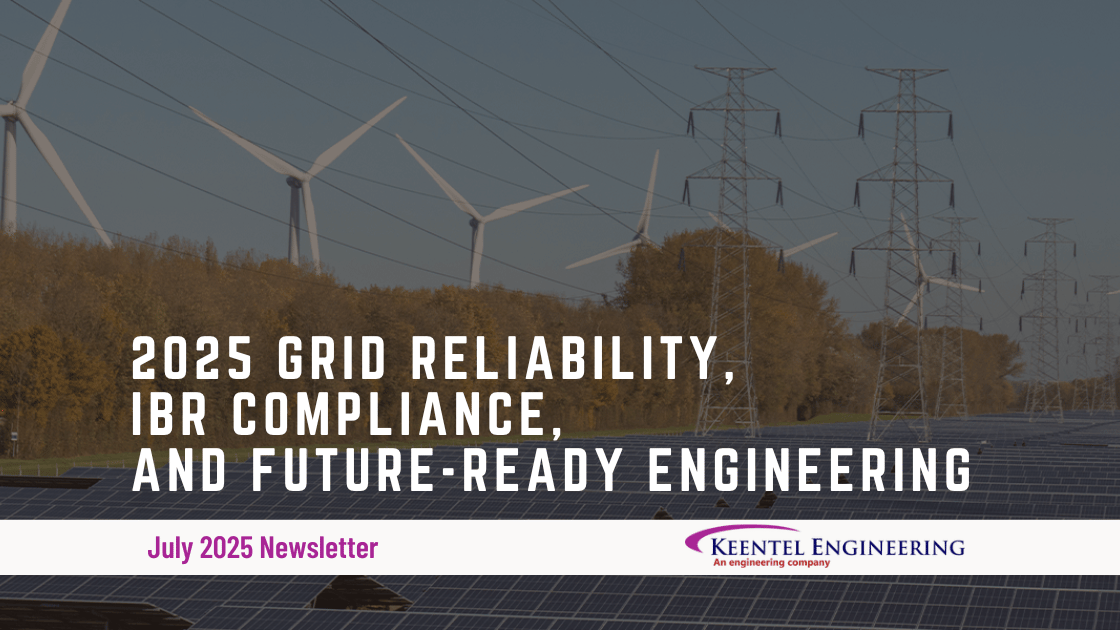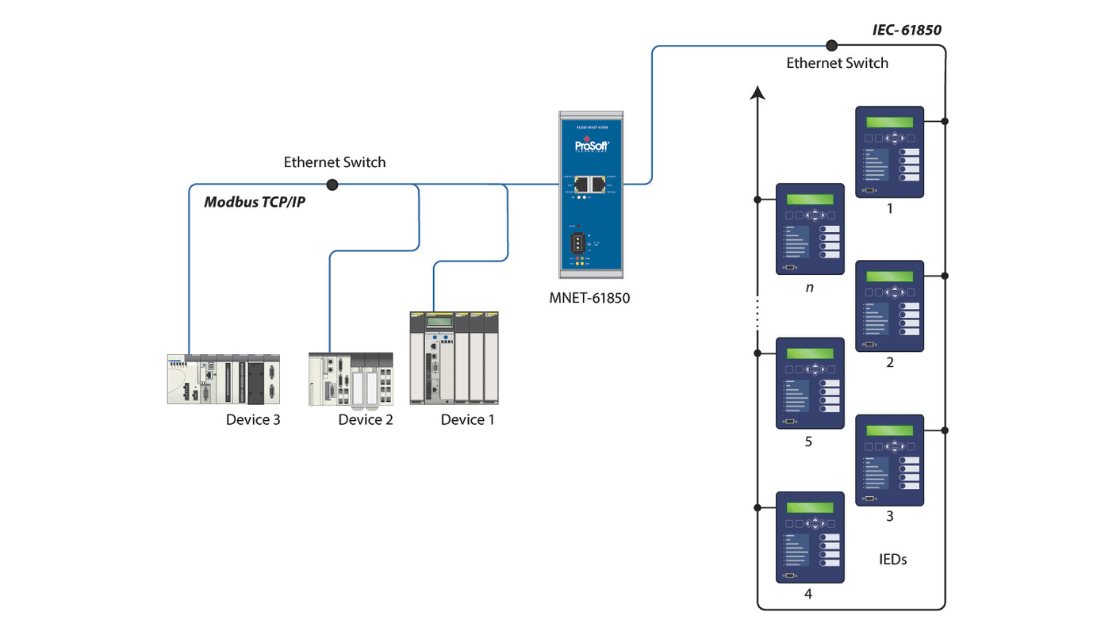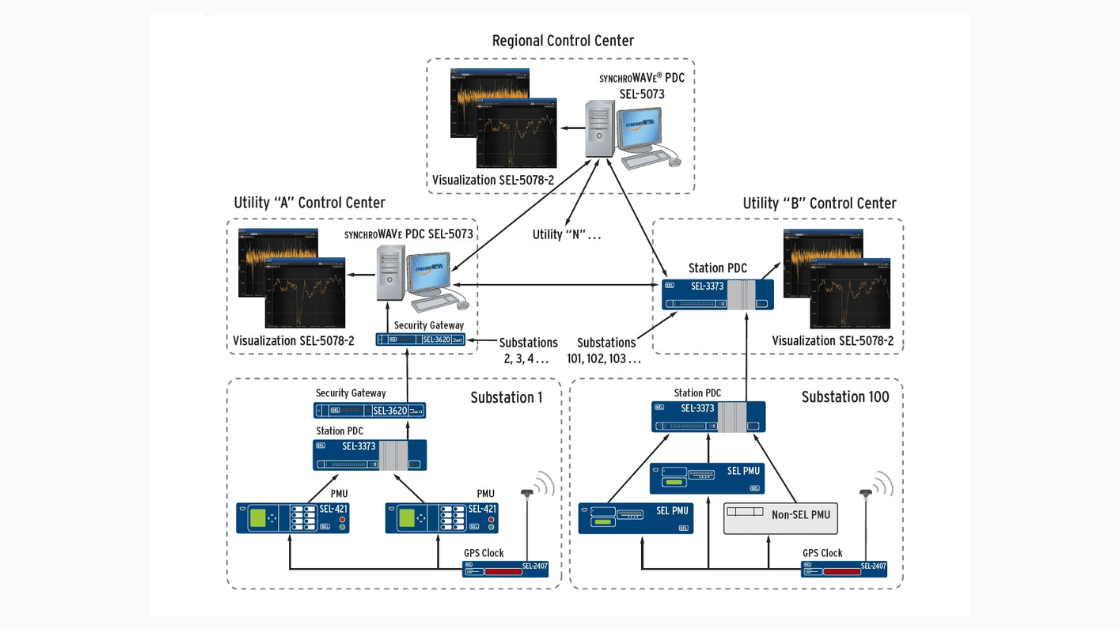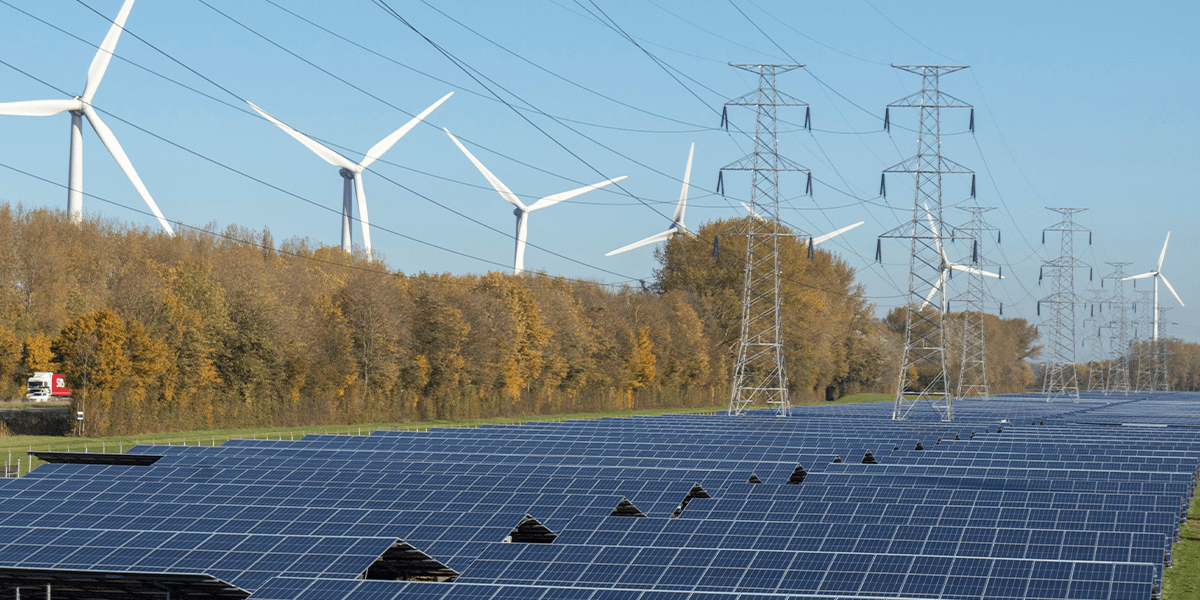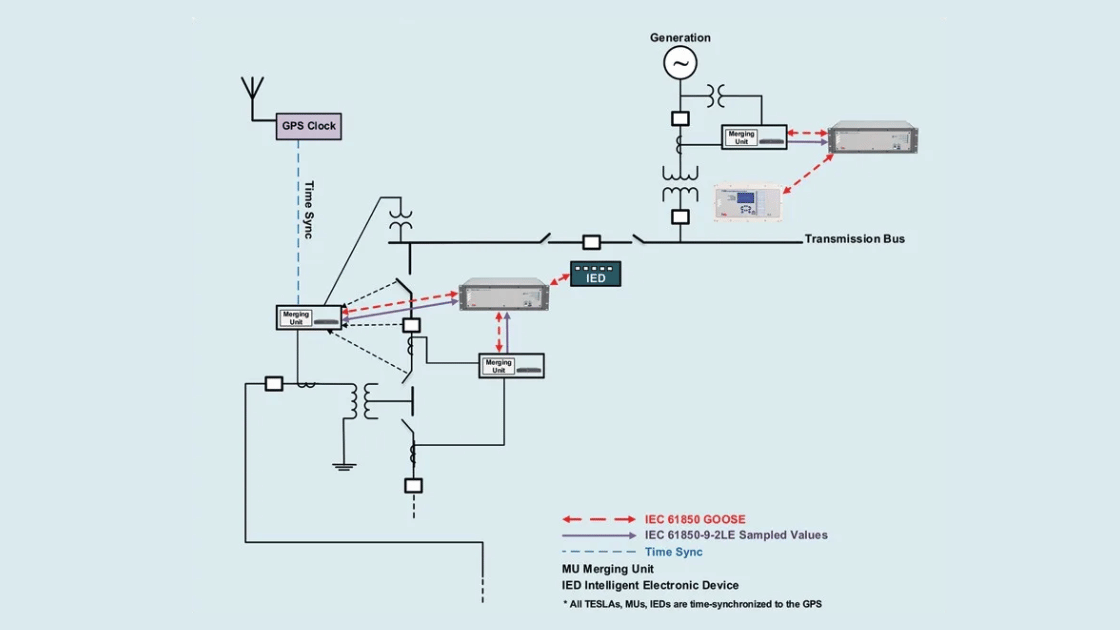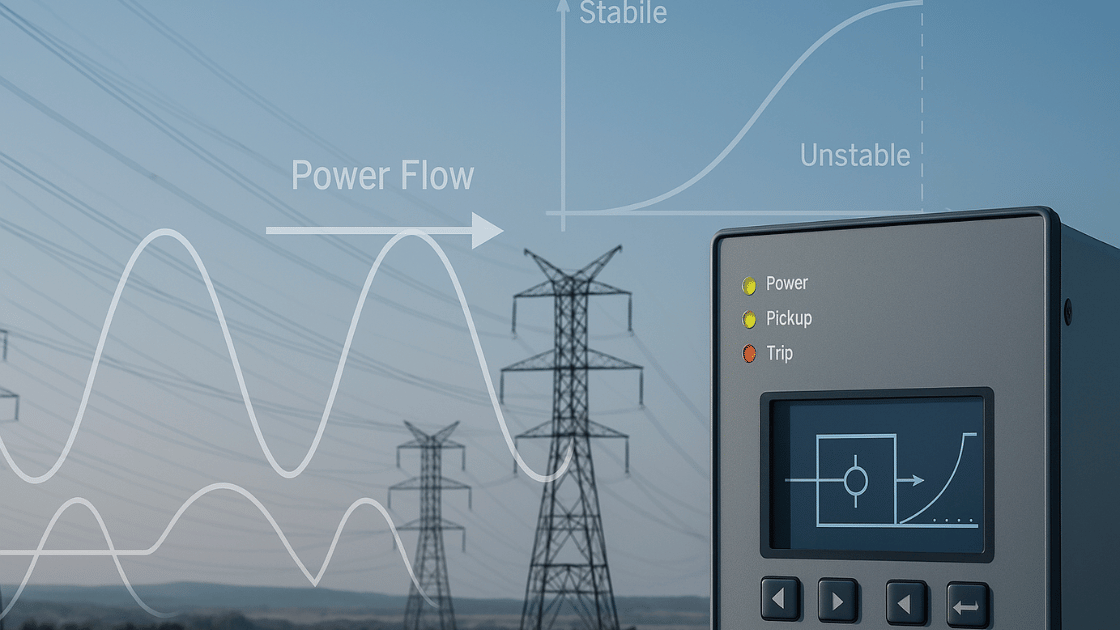NERC PRC-029-1 & PRC-024-4 Compliance for Inverter-Based & Synchronous Resources
May 1, 2025 | Blog

With over three decades of utility-scale engineering expertise, Keentel Engineering helps Generator Owners (GOs) and Transmission Owners (TOs) stay ahead of evolving NERC Reliability Standards. As part of Project 2020-02, PRC-029-1 and PRC-024-4 are now mandatory, and require specific focus on ride-through compliance and relay tuning for grid-connected resources.
PRC-029-1 defines NERC ride-through requirements for inverter-based resources (IBRs), while PRC-024-4 focuses on protection setting reviews for synchronous machines and older Type 1/2 wind assets. Our tailored compliance solutions include PRC-029-1 modeling support, relay coordination studies, and exemption documentation aligned with FERC and NERC.
Learn how Keentel’s PRC compliance engineering services help clients fulfill these standards with precision.
Why These Standards Matter
As inverter-based resources (IBRs)—including solar PV, wind farms, and battery energy storage systems (BESS)—and synchronous generators play an ever-larger role on the Bulk Power System (BPS), maintaining stability during voltage and frequency excursions is critical.
- PRC-029-1 establishes mandatory ride-through performance for IBRs, ensuring they stay connected and support voltage recovery during dips and swells.
- PRC-024-4 refines protection‐relay settings for synchronous machines (Type 1/2 wind, condensers, gas turbines), enhancing fault-clearing selectivity and coordination.
Meeting these standards goes beyond a regulatory checkbox—it prevents large-scale tripping events, upholds grid reliability, and keeps your generation assets compliant, resilient, and revenue-productive.
Our NERC Compliance Support
PRC-029-1: Ride-Through Performance for Inverter-Based Resources
- Engineering analysis & configuration to satisfy PRC-029-1 voltage and frequency ride-through curves.
- Attachment 1–3 verification for voltage, frequency, and transient-overvoltage requirements.
- Compliance documentation covering:
- Continuous Operating Region behavior
- Mandatory Operating Region performance
- Reactive-current prioritization
- No-trip zone adherence
- Legacy IBR exemption planning per FERC Order 901, including equipment-limitation justification and stakeholder notifications
PRC-024-4: Protection Settings for Synchronous Generators & Wind Resources
- Relay-setting validation & tuning for voltage- and frequency-based trips on synchronous machines (gas turbines, synchronous condensers) and Type 1/2 wind.
- Synchronous condenser integration, ensuring seamless coordination with upstream protection systems.
- Transition planning from PRC-024-3 to PRC-024-4 schemes, minimizing protection-gap risks during standards rollout.
Learn more about our full-spectrum Power System Studies to support your NERC compliance roadmap.
PRC-029-1 Exemptions & Documentation
Keentel also assists with PRC-029-1 exemptions, preparing formal justification packages for legacy IBRs that cannot meet current ride-through criteria. This includes engineering documentation, compliance communications with Planning Coordinators, and integration of PRC-028-1 disturbance monitoring for audit readiness.
Relay Tuning & Audit Readiness
For PRC-024-4, we offer relay tuning and validation services to ensure voltage and frequency trip points align with the latest NERC PRC-024-4 standard. Our audit-ready packages include revised setting files, validation reports, and coordination checks across substations and interconnection points.
To fully understand how these standards align with broader regulatory mandates, including interconnection-wide consistency and real-time performance validation, explore our dedicated overview of FERC Order 901 NERC Compliance Services for IBRs and synchronous resources.
Compliance Deadlines & Keentel Engineering Services
| Requirement | NERC Standard | Compliance Deadline | Keentel Engineering Support |
|---|---|---|---|
| Design-Based Elements (R1–R3) | PRC-029-1 | 12 months after adoption | Configure IBR ride-through settings and validate against mandatory curves |
| Operation-Based Elements (R1–R3) | PRC-029-1 | Upon deployment of PRC-028-1 monitoring | Analyze disturbance event data and produce compliance reports |
| Frequency Performance (R4) | PRC-029-1 | January 1, 2027 (or adoption date) | Perform event analysis and develop corrective action plans |
| Legacy Equipment Exemptions | PRC-029-1 | Case-by-case | Prepare exemption justifications, supporting documentation and notifications |
| Voltage/Frequency Protection | PRC-024-4 | 12 months after adoption | Review, tune and validate protection relay settings for synchronous assets |
Conclusion
Whether you need prc-029 1 modeling support, prc-024-4 relay tuning, or support across multiple standards such as PRC-028-1 and PRC-002-6, Keentel Engineering is your strategic partner for full-spectrum nerc prc-024 compliance services. Our generator owner NERC compliance services are trusted by utilities, developers, and transmission operators across North America.
If you’re preparing for the upcoming PRC-029-1 implementation plan, let Keentel guide your journey with confidence.
Frequently Asked Questions — PRC-029-1 Ride-Through Requirements
Q1. What is PRC-029-1?
PRC-029-1 is a NERC Reliability Standard establishing mandatory ride-through performance for inverter-based resources (IBRs) during voltage and frequency disturbances on the Bulk Power System (BPS). Its goal is to keep solar, wind, BESS and hybrid plants online and supporting grid stability through fault events.
Q2. Who must comply with PRC-029-1?
- Generator Owners (GOs) of BPS-connected IBRs (solar PV, wind, battery storage, hybrids)
- Transmission Owners (TOs) owning dedicated IBR connections (e.g., VSC-HVDC links)
Q3. What are the defined ride-through voltage zones?
Measured at the high-side transformer:
- Continuous Operating Region: 0.9 – 1.1 pu
- Mandatory Operating Region: > 0.1 – < 0.9 pu and > 1.1 – ≤ 1.2 pu
- Permissive Operating Region: ≤ 0.1 pu
IBRs must remain connected and inject reactive current per their zone’s time-duration curves.
Q4. How must IBRs behave during disturbances?
- Stay connected unless disconnection prevents equipment damage
- Inject current to support voltage regulation
- Adhere to no-trip zones and restore active power rapidly once voltages normalize
Q5. What evidence is required for compliance?
Owners must retain for 5 years:
- Recorded disturbance/event data
- Ride-through performance validation reports
- Documentation of continuous vs. mandatory region behavior
- Exemption justification if equipment limits exist
Q6. Can legacy IBRs be exempted?
Yes—IBRs commissioned before PRC-029-1’s effective date may qualify for exemptions if documented hardware limitations prevent full compliance. Exemption requests must be communicated to the Planning Coordinator, Transmission Planner, and Reliability Coordinator.
Q7. When does PRC-029-1 take effect?
- Design-based Elements (R1–R3): Due 12 months after adoption for BPS IBRs
- Operation-based Elements: Upon installation of PRC-028-1 disturbance monitoring
- Frequency Performance (R4): Required by January 1, 2027 (or adoption date for non-BPS IBRs)
Q8. How can Keentel Engineering support my PRC-029-1 compliance?
We provide turnkey services:
- IBR modeling and ride-through curve validation
- Disturbance data collection, analysis & reporting
- Exemption planning and FERC-901 documentation
- Field testing, commissioning support, and five-year evidence packages
Partner with Keentel for NYISO TEI success
Partner with Keentel Engineering for a tailored PRC-029-1 and PRC-024-4 compliance roadmap—whether you’re a renewable developer or a utility.

About the Author:
Sonny Patel P.E. EC
IEEE Senior Member
In 1995, Sandip (Sonny) R. Patel earned his Electrical Engineering degree from the University of Illinois, specializing in Electrical Engineering . But degrees don’t build legacies—action does. For three decades, he’s been shaping the future of engineering, not just as a licensed Professional Engineer across multiple states (Florida, California, New York, West Virginia, and Minnesota), but as a doer. A builder. A leader. Not just an engineer. A Licensed Electrical Contractor in Florida with an Unlimited EC license. Not just an executive. The founder and CEO of KEENTEL LLC—where expertise meets execution. Three decades. Multiple states. Endless impact.
Services

Let's Discuss Your Project
Let's book a call to discuss your electrical engineering project that we can help you with.

About the Author:
Sonny Patel P.E. EC
IEEE Senior Member
In 1995, Sandip (Sonny) R. Patel earned his Electrical Engineering degree from the University of Illinois, specializing in Electrical Engineering . But degrees don’t build legacies—action does. For three decades, he’s been shaping the future of engineering, not just as a licensed Professional Engineer across multiple states (Florida, California, New York, West Virginia, and Minnesota), but as a doer. A builder. A leader. Not just an engineer. A Licensed Electrical Contractor in Florida with an Unlimited EC license. Not just an executive. The founder and CEO of KEENTEL LLC—where expertise meets execution. Three decades. Multiple states. Endless impact.
Leave a Comment
We will get back to you as soon as possible.
Please try again later.

